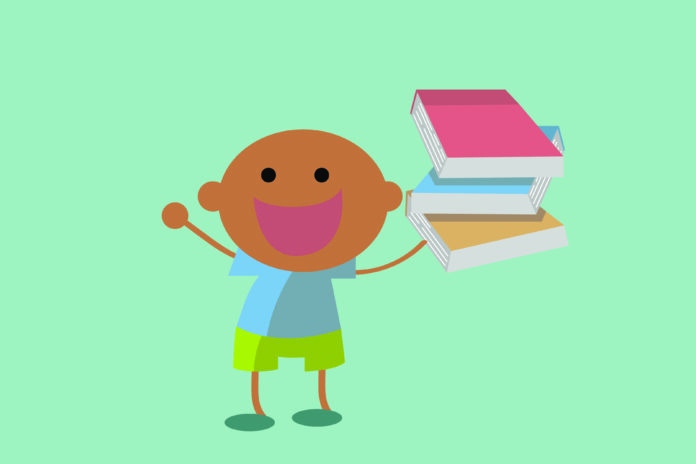Judging kids for what they read discourages them from exploring their interests
I’ve talked a bit about how I’ve personally felt disgruntled with the reading curriculum throughout my middle school and high school experience. That isn’t to say that I didn’t appreciate the work and effort that my English teachers put into my education, I just didn’t particularly enjoy the selection of books or the monotonous work that went with it.
Reading is one of the few activities in which I find joy, exhilaration and an immense amount of satisfaction. There’s a satisfaction in not only seeing the daily progress I make but also in realizing the number of stories and ideas I’ve accumulated just by opening my books.
I volunteered at my local public library for all four years of high school, and one of my favorite activities of the year was the summer reading game. The summer reading game was an annual program the library put on for patrons of all ages but with a special focus on children. The goal was to encourage patrons to spend time in the summer reading something — anything. Once they hit the target number of hours, they got a prize. But when the librarians said read anything, they meant anything. This list included not just books, but magazines, cereal boxes, emails, websites and more. As long as there was some reading happening, you were participating in the summer reading game.
As I continued volunteering at the library, I noticed it was a place that truly committed itself to creating an inclusive and welcoming environment for all its members to read. And one way in which they accomplished this was by encouraging visitors to read without judgment.
The library was the last place to impose value judgements on books, especially children’s books. This initially puzzled me since I had grown up with a sense that some books are worth reading whereas others offer little literary value and shouldn’t be encouraged. When I was in elementary school, my teachers weren’t too keen to see their students reading graphic novels. In middle school, one of my English teachers wasn’t very enthusiastic to see her daughter reading “Junie B. Jones” because of Junie’s bad grammar.
For much of high school, I didn’t express great interest in graphic novels and often imposed my own judgments on those books. Like many other adults, I felt like graphic novels could hardly count as books; although they might be great stepping stones for getting kids to read, they should quickly move on to other, more “valuable” books.
Adults try to ensure that kids grow up with strong literary skills, which might be why they place a large emphasis on reading certain books. It’s understandable that parents and teachers want children to grow up with strong critical thinking skills and an appropriate knowledge of grammar and vocabulary. But that doesn’t mean there isn’t value in children picking up a book about a silly eight-year-old who, like many other eight-year-olds, doesn’t have the best grammar. It also doesn’t mean that a book filled with mostly images and little text should be viewed negatively.
Not only is giving children the choice to choose their books a great mechanism in fostering a genuine appreciation for reading, but the choice in and of itself is empowering. I’m not an expert, but I can confidently say that letting children read what they like, given the content is suitable and appropriate, affords the freedom to find the stories that matter to them.
I love to hear my six-year-old cousin talk excitedly about his beloved characters and scenes from his favorite series “Captain Underpants” — the silliest and craziest children’s book around. At the library this summer, I listened to other kids tell me all about their favorite books and why they loved them so much.
I enjoy hearing this because childhood curiosity made me fall in love with the world of reading. When I read books in elementary school, I wasn’t looking for how to become the most efficient and capable reader, although that is what most teachers and other adults hope their students turn out to be. I read because I was a seven-year-old who wanted to independently travel to another country and see the most breathtaking sights from the comfort of my home. I also wanted to read silly stories in which I could see Baby Mouse stumble and grumble through her school hallways.
Graphic novels and “silly” books are fun, creative and exciting stories with which children can fall in love, and they should be encouraged to explore what they love without being judged.
Written by: Simran Kalkat — skkalkat@ucdavis.edu
Disclaimer: The views and opinions expressed by individual columnists belong to the columnists alone and do not necessarily indicate the views and opinions held by The California Aggie.




